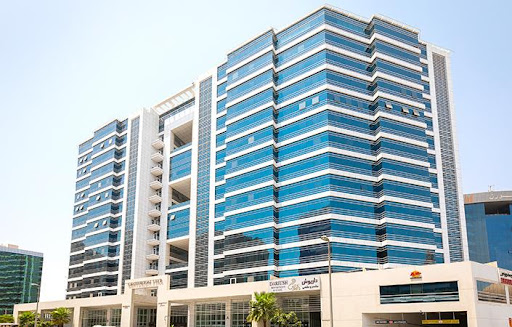The transportation of Dangerous Goods (DG) is an essential aspect of international commerce, yet it poses significant risks to individuals, the environment, and infrastructure. Best practices for dangerous goods operations and risk management are critical to minimize the potential for harm and ensure the safe handling of these materials.
The first step towards effective DG operations is to understand the nature of the goods being transported. DG can range from explosive substances to flammable liquids, corrosive materials, and toxic gases. Understanding the risks associated with each category of DG is vital to developing an effective risk management strategy.
One of the key elements of effective DG operations is proper packaging and labelling. The packaging must be designed and tested to withstand the rigours of transportation and ensure that the contents do not leak or spill during transit. Labels and markings should be clear, concise, and comply with international regulations. This includes the UN number, proper shipping name, hazard class, and packing group. Proper packaging and labelling ensure that everyone involved in the transportation chain, from handlers to emergency responders, can easily identify the contents of the shipment and take appropriate action in case of an emergency.
Training is a crucial component of DG operations. The nature of the materials being transported, as well as the appropriate handling and emergency response techniques, must be covered in sufficient training for all persons involved in the transportation of DG, including handlers, shippers, and carriers. To guarantee that everyone involved is knowledgeable about the most recent rules and best practices, dangerous goods handling training should be ongoing.
Effective DG operations also require an adequate risk assessment. The process of risk assessment entails locating potential dangers connected to the transportation of DG and putting mitigation measures in place. The safest route should be taken, the vehicles should be maintained properly, and sufficient security should be in place to avoid theft and unlawful access.
Another essential component of DG operations is emergency readiness. Emergency responders must be outfitted with the proper tools, gear, and training in order to manage a situation safely and successfully. Access to suitable personal protective equipment, spill containment supplies, and communication tools are all part of this.
In DG operations, effective communication is also crucial. To make sure that everyone is aware of the hazards and the proper procedures to take in case of an emergency, clear and concise communication between all parties involved, including shippers, carriers, handlers, and emergency responders, is essential. This involves offering thorough shipment records, understandable labelling, and efficient communication procedures.
By following best practices and implementing effective risk management strategies, it is possible to ensure the safe transportation of Dangerous Goods, minimizing the potential for harm to people, the environment, and infrastructure.
It is essential to work with experienced and qualified partners to ensure that all aspects of DG transportation are handled safely and efficiently. DGR Aviation Training Services provide the best DGR certification in Dubai while meeting local, national and international standards!

